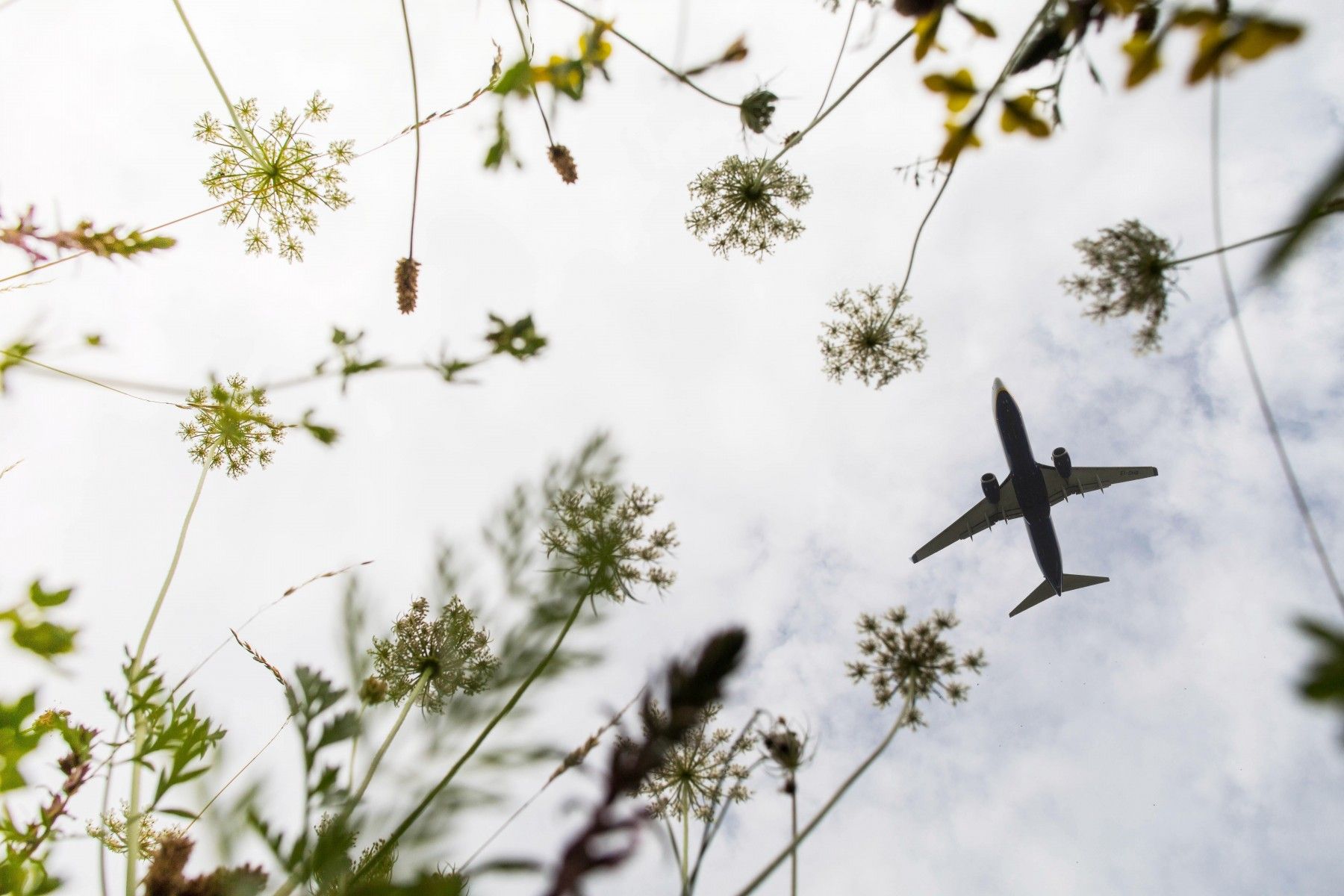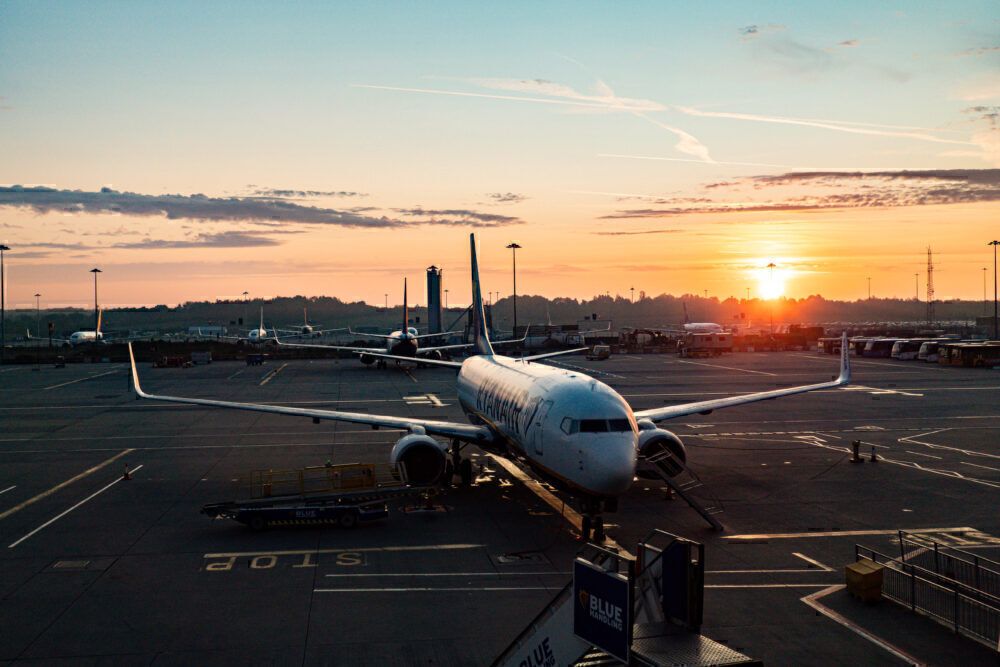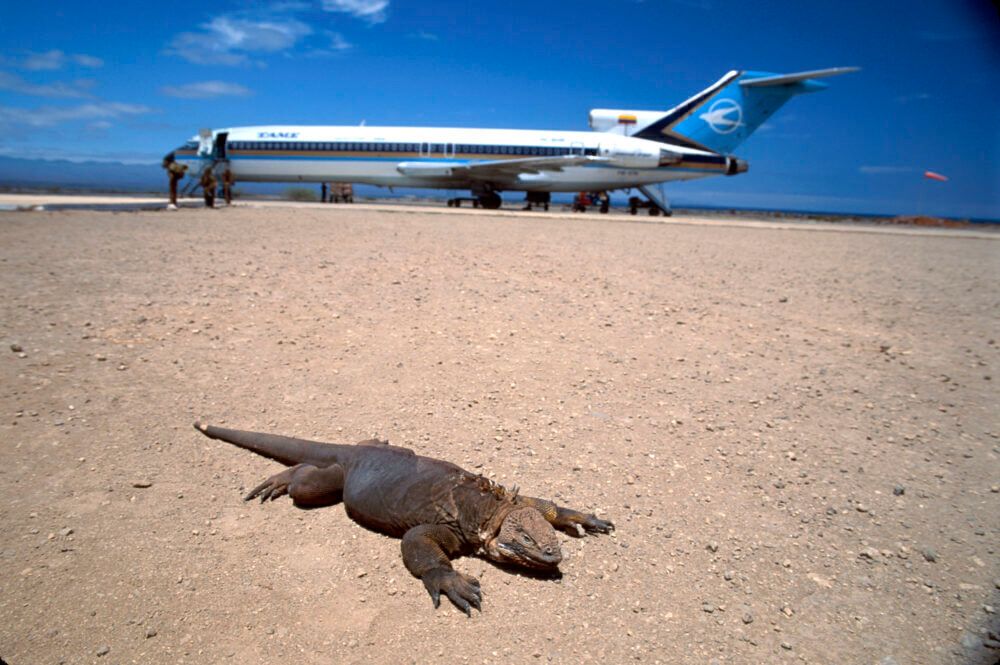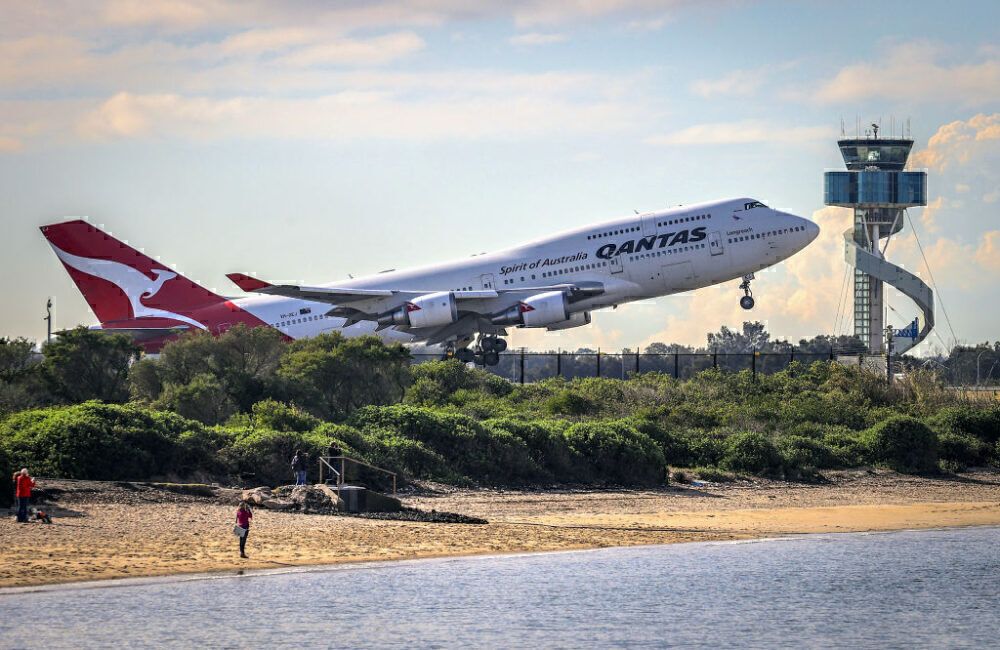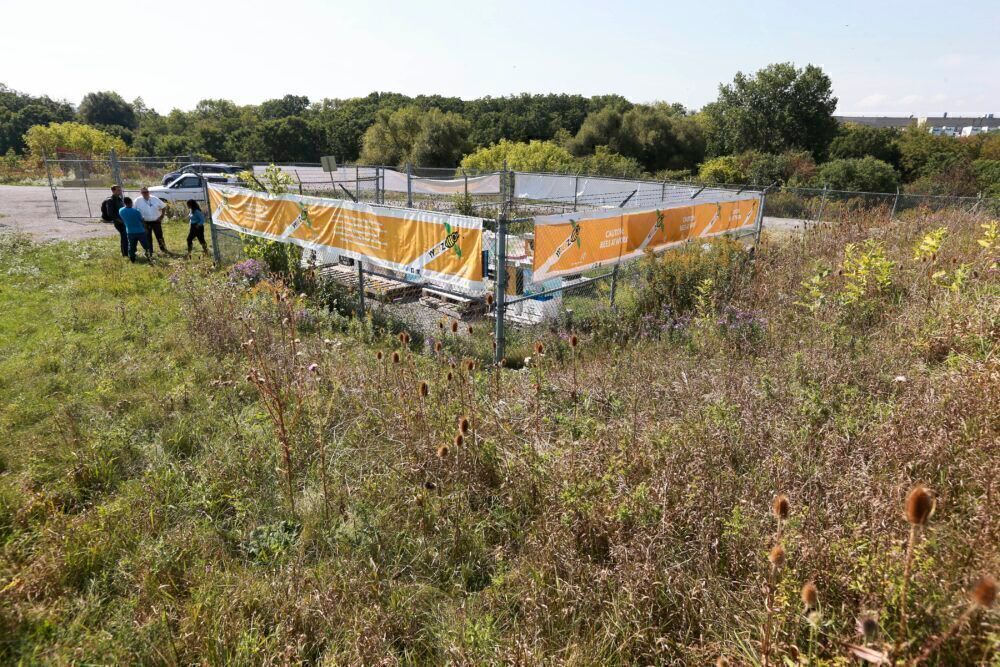While the past year has, to say the least, been a hiccup on the trajectory of air travel passenger numbers, it is more crucial than ever that growth and sustainability go hand in hand. This is true not only for airlines and planemakers but also for airports that greatly impact their local environment. Read on to see how some airfields are trying to live more harmoniously within the ecosystems of which they are guests.
Critical efforts underway
Airports get a lot of grief in environmental circles. Of course, this is not without reason. They can contribute to pollution through extensive handling of jet fuel and deicing solutions, not to mention the exhaust from low-flying planes.
While this past year may have seen a historic drop in numbers, there is nothing to suggest that previous levels of passenger growth won't return when restrictions are fully lifted, and air traffic picks back up. Finding the right balance between development and sustainability has never been more important.
Many airports are making strong efforts to reduce environmental impact. For instance, in 2017, Oslo Gardemoen Airport opened 'the world's greenest terminal'. Its design increases the airport capacity from 19 million to an anticipated 30 million while cutting energy consumption by 50% compared to the older structure.
Stay informed: Sign up for our daily and weekly aviation news digests.
One big environmental team at Galapagos
Another airport that gets top marks in sustainable operations is Seymour Airport - also known as Galapagos Ecological Airport - on Baltra Island in the Galapagos. Constructed in 2012, 80% of its infrastructure is made of recycled materials. Fresh water comes from the airport's own desalination plant, and in 2018, the airport itself became carbon neutral. And that's not all.
The airport also runs a reforestation program together with the national park authorities. This endeavors specifically to support the near-extinct yellow iguana endemic to the Galapagos. Airport staff also participate in local beach clean-ups and work to restore and preserve the environment around the airport. In an interview with the Airport Carbon Accreditation, the Ecuadorian airport's general manager, Jose Rosillo, said that,
"It wouldn’t be too big of a stretch to say that the entire staff of the airport is one big environmental team. There is a term here describing when people spontaneously organize themselves and start working besides their job duties on other initiatives – we call it minga (communal labor). Our employees are very proud of the ecological status that our airport has taken on."
Sydney Airport's conservation efforts
Other airports have also initiated communal and collaborative projects that care for their shared surroundings to the best of their abilities. In 2018, Sydney Airport partnered with Conservation Volunteers Australia to revive a critical wildlife habitat area called the Rockdale Wetlands, close to a Sydney suburb.
The area is home to seven endangered ecological communities and 28 threatened animal species. It has suffered damage from dumping waste and uncontrolled access, and the partnership was set up to drive environmental restoration. At the time of the launch, Sydney Airport CEO Geoff Culbert said,
“Not only do the Rockdale Wetlands play an incredibly important role in supporting biodiversity in the area, but they also bring the community together. (...) We’re committed to supporting our local communities and making a tangible contribution to protecting biodiversity and preserving Sydney’s world-renowned natural beauty.”
Toronto's one million YYbeeZ
However, some airports are working on a very small scale - but with far-reaching impact. The humble honey bee is an essential part of our natural ecosystems. In fact, without bees, our entire chain of food supply would be in danger. If the bees go, so do we.
Since 2015, Toronto Pearson Airport has a beehive program under the name YYbeeZ. With near one million honey bees, the 'Just Plane Honey' production supports food security and sustainable agriculture in the surrounding area.
Nect-Air at Dublin Airport
Several other airports have taken to beekeeping as a means of supporting biodiversity. Another of these is Dublin Airport. In 2018, the airport's own beehives produced its first crop of honey. The hives were installed on airport land in collaboration with Fingal North Dublin Beekeepers’ Association and the Department of Agriculture, Food, and the Marine.
“Honey bees are one of the most important species within our eco-system, they are crucial for the survival of most of our animal and plant population,” Colm Fogarty, the airport's resident beekeeper, said at the time.
The colony consists of a quarter of a million Irish dark native bees and helps preserve biodiversity over an area of up to 12 sq km. The honey, called Nect-Air, is available for purchase at the airport's Marqette restaurant in Terminal 1.
The same year, Vinci Airports, which runs 45 airports worldwide, announced a partnership with the L’Union Nationale de l’Apiculture Française (UNAF). Under the program 'Bees: guardians of the environment', Vinci has installed beehives at seven of its 11 French airports.
Bahia's Fauna Management team
In Brazil, the area around another Vinci airport, Salvador Bahia, houses 214 species of reptiles, mammals, amphibians, and birds. To protect the local ecosystem, the airport has put together a team of biologists, veterinarians, and engineers to execute a Fauna Management Plan.
This process includes educating the airport community on their surroundings and developing non-harmful ways to capture and release animals that may threaten interruption to airport operations. When animals are captured, they are identified, ringed, analyzed, and set free in specific areas.
Before the system's implementation, the only wildlife interaction was the use of fireworks to scare birds away to avoid bird strikes. In 2019, Salvador Bahia Airport was recognized as 'Brazil's most sustainable aerodrome'.
When it comes to sustainability, either everyone wins, or no one does. All parts of the aviation ecosystem need to come together. Large-scale and high-profile alliances need to create actionable milestones. However, different airports face different challenges. The importance and weight of local initiatives should not be overlooked. Together, they can create a patchwork that will have global implications.
Do you know of any interesting locally engaged environmental efforts by airports in your area? Tell us about them in the comment section below.

